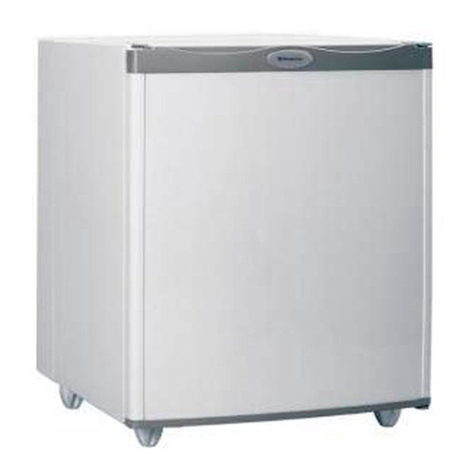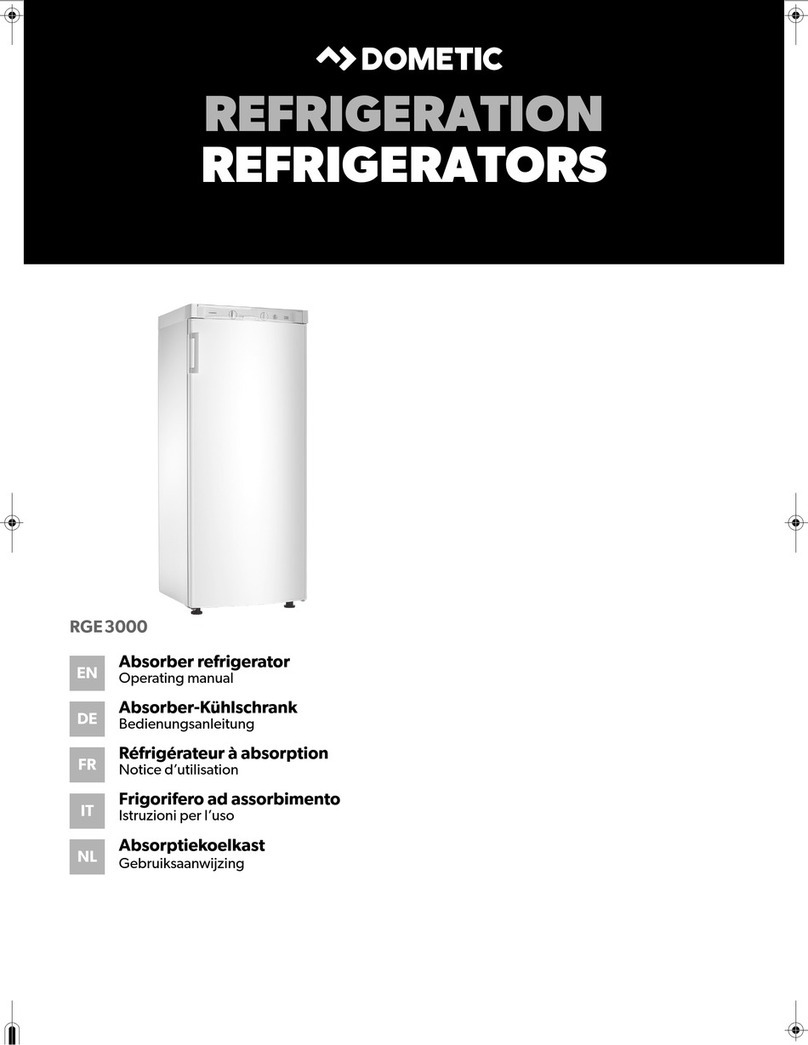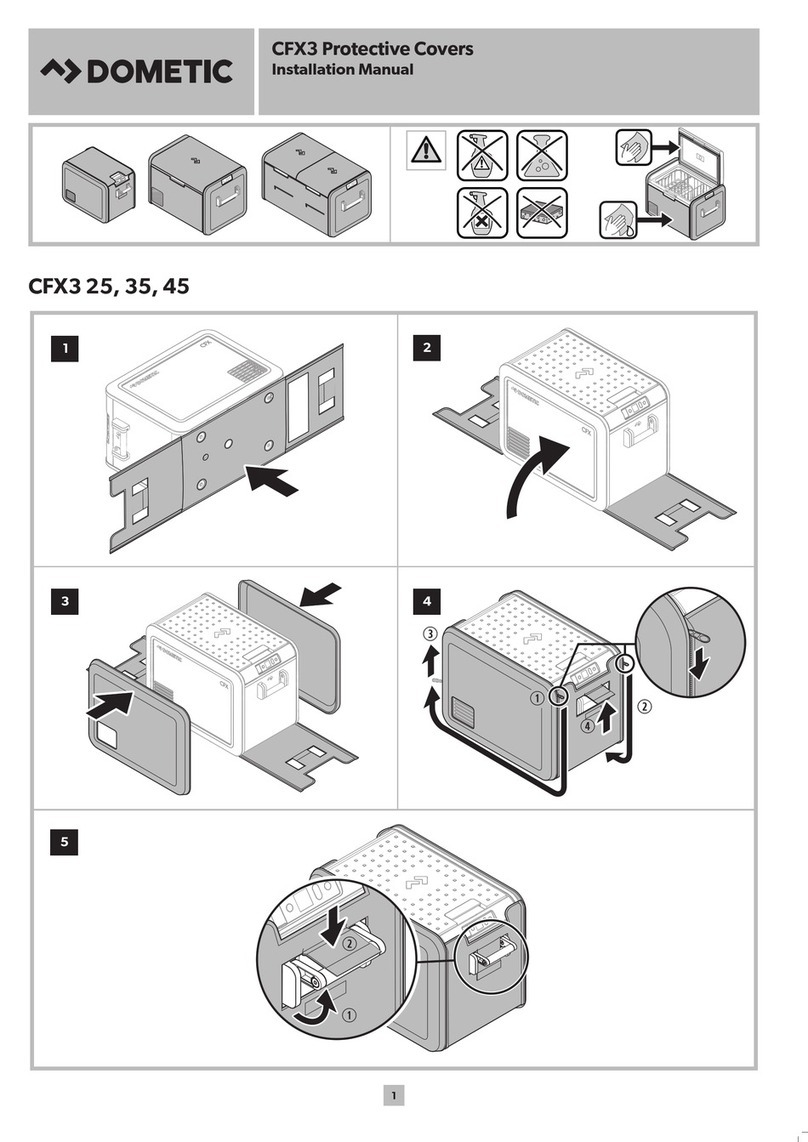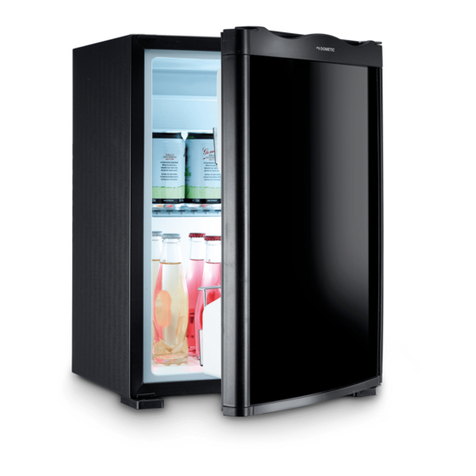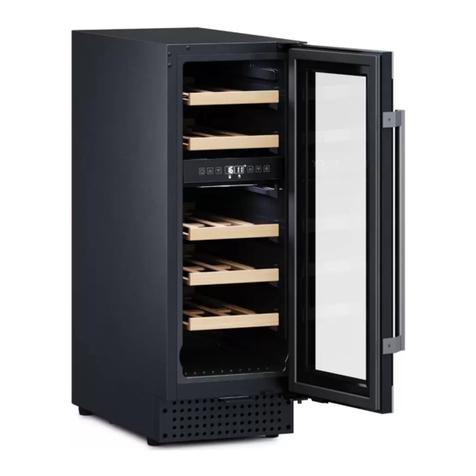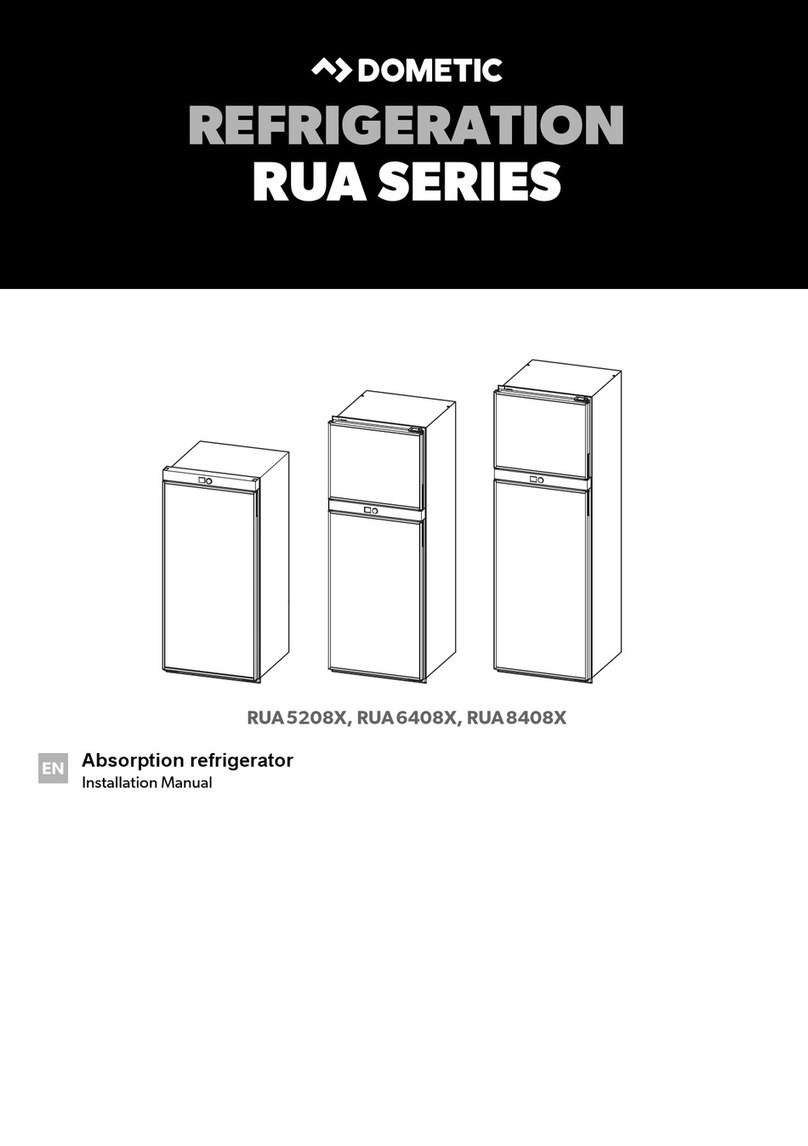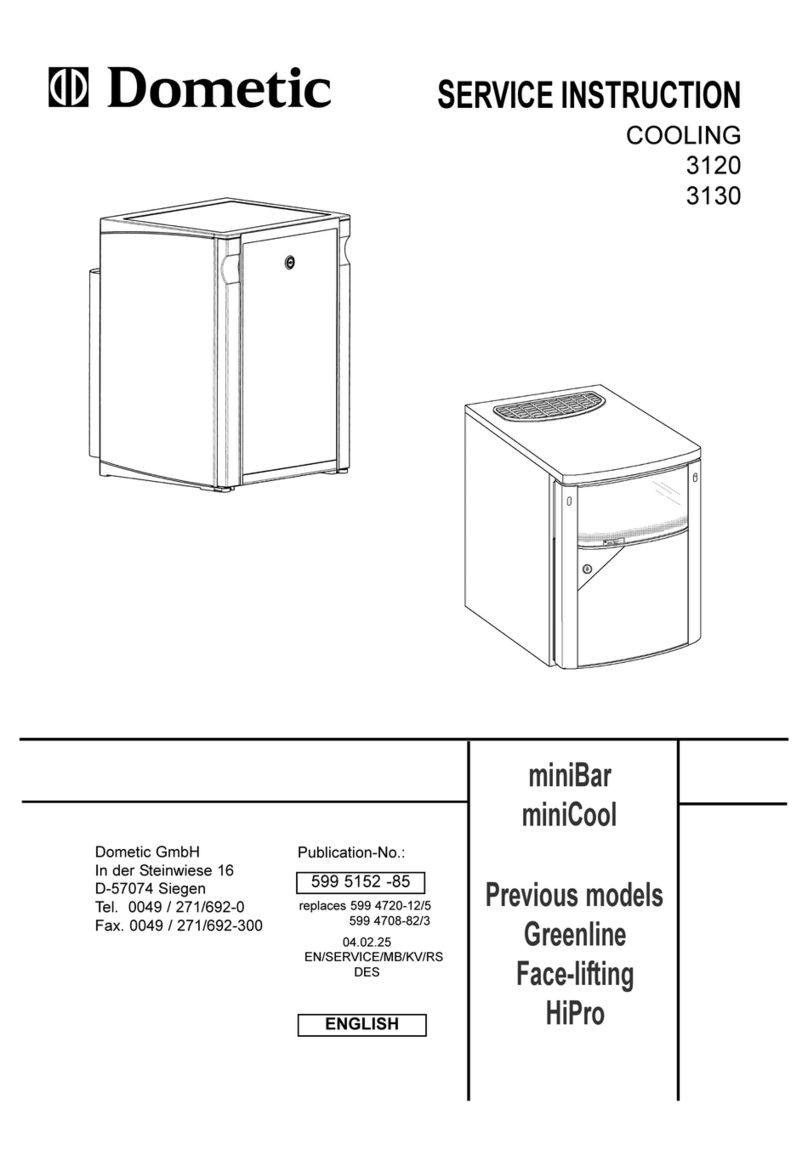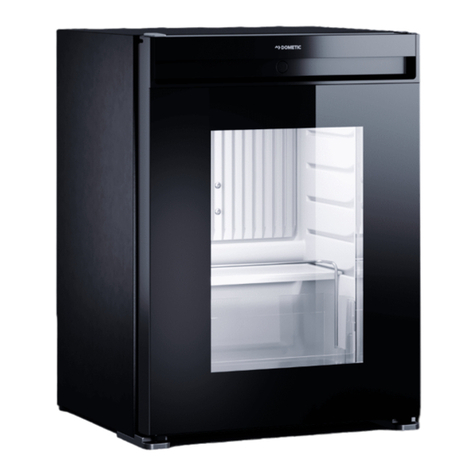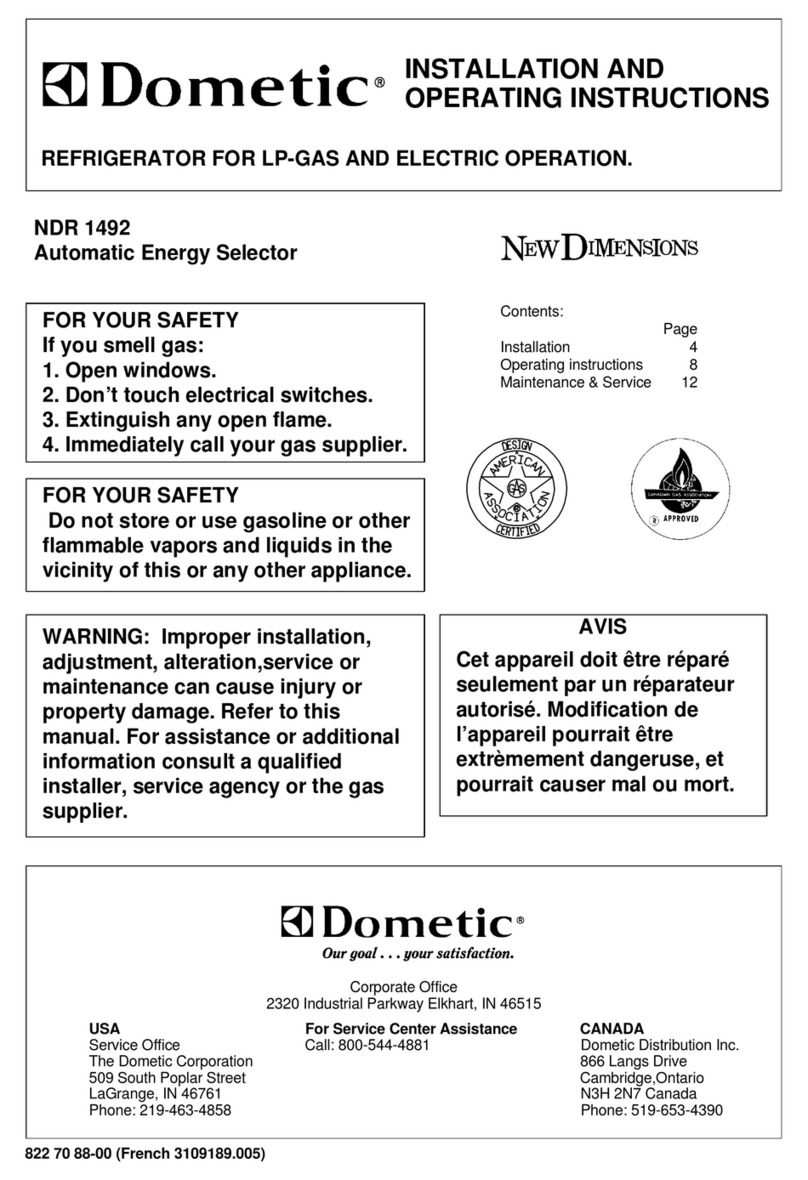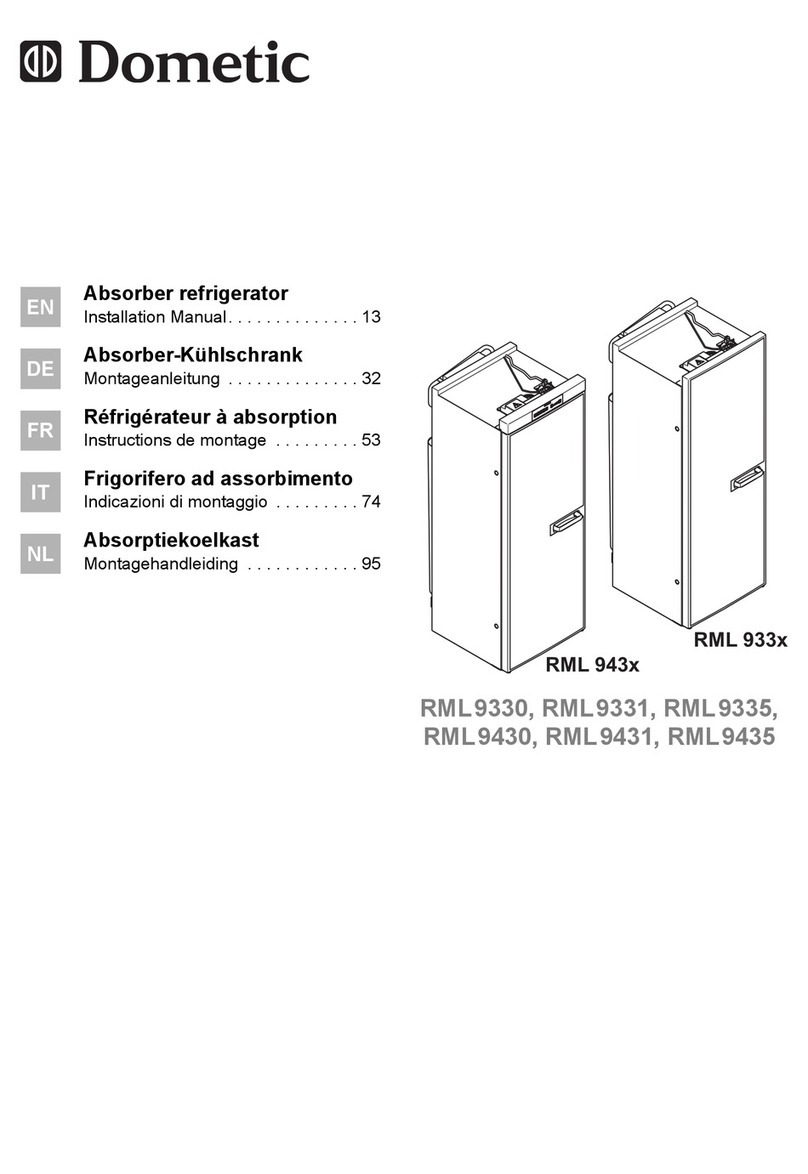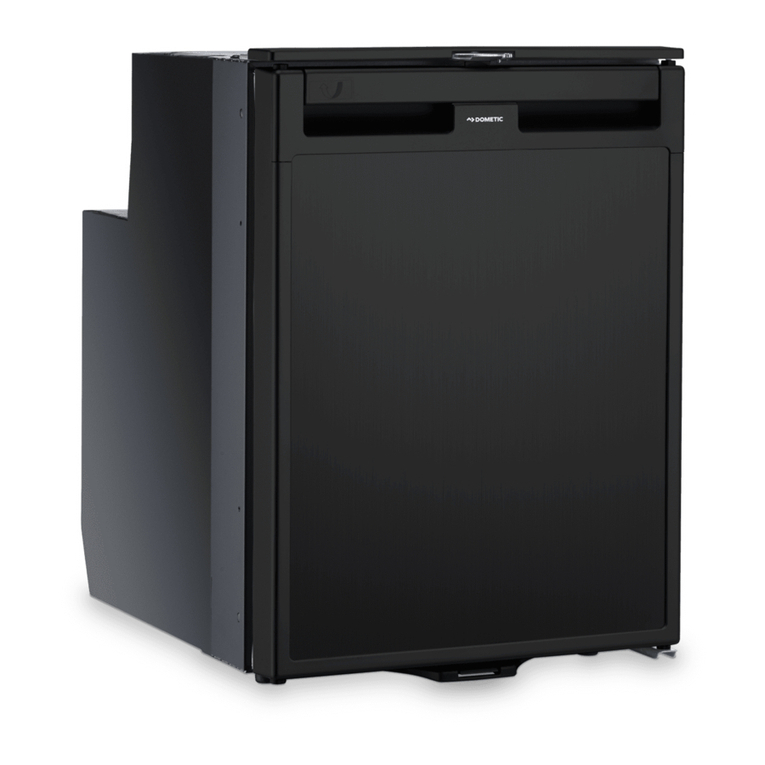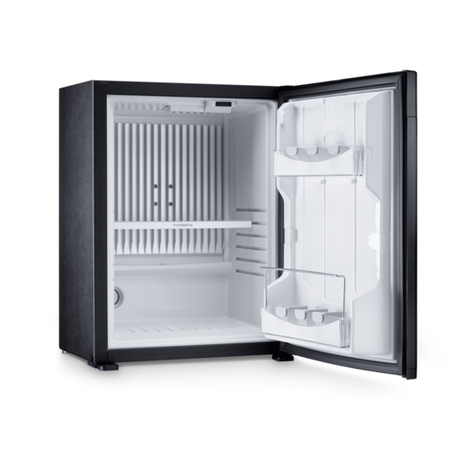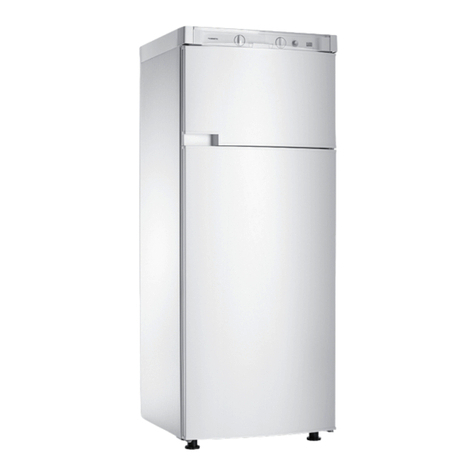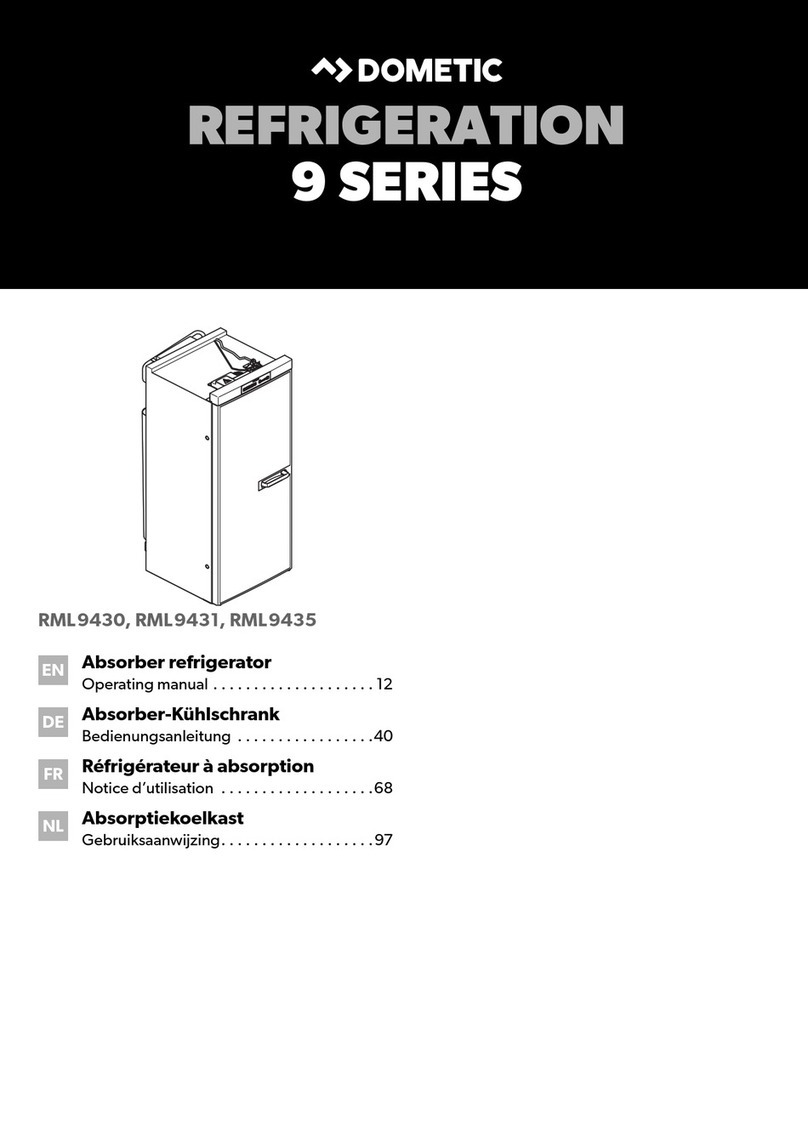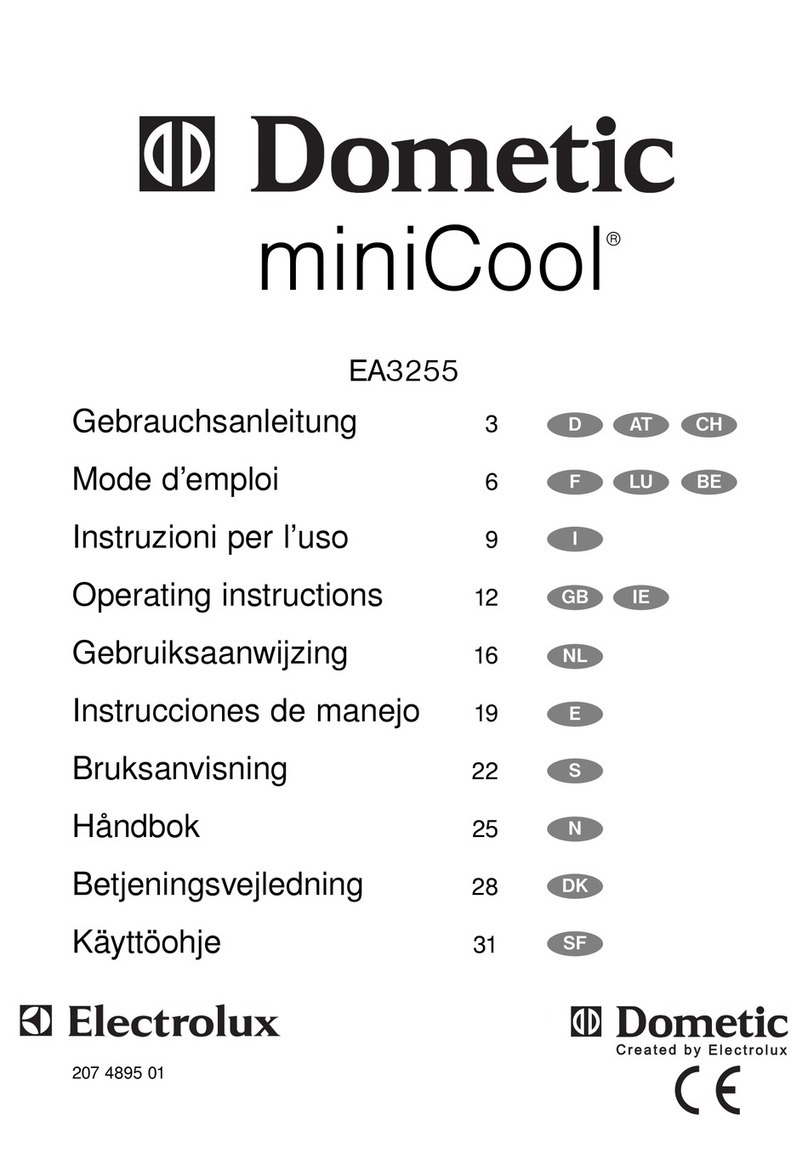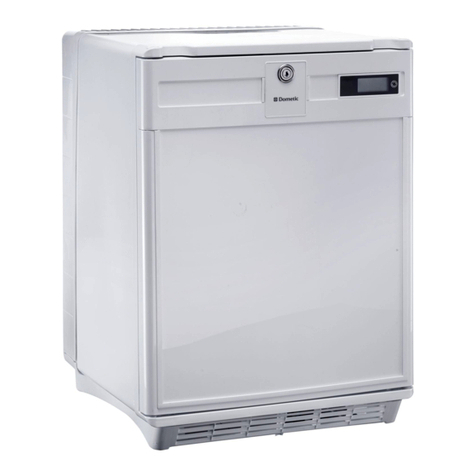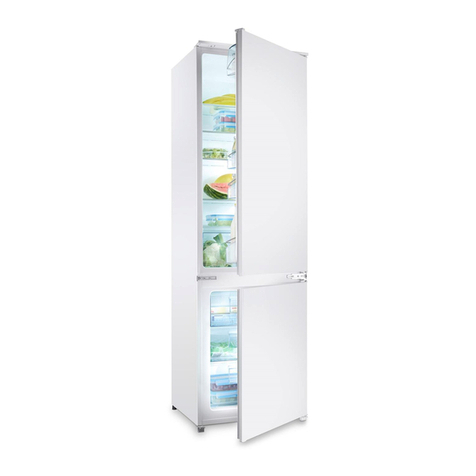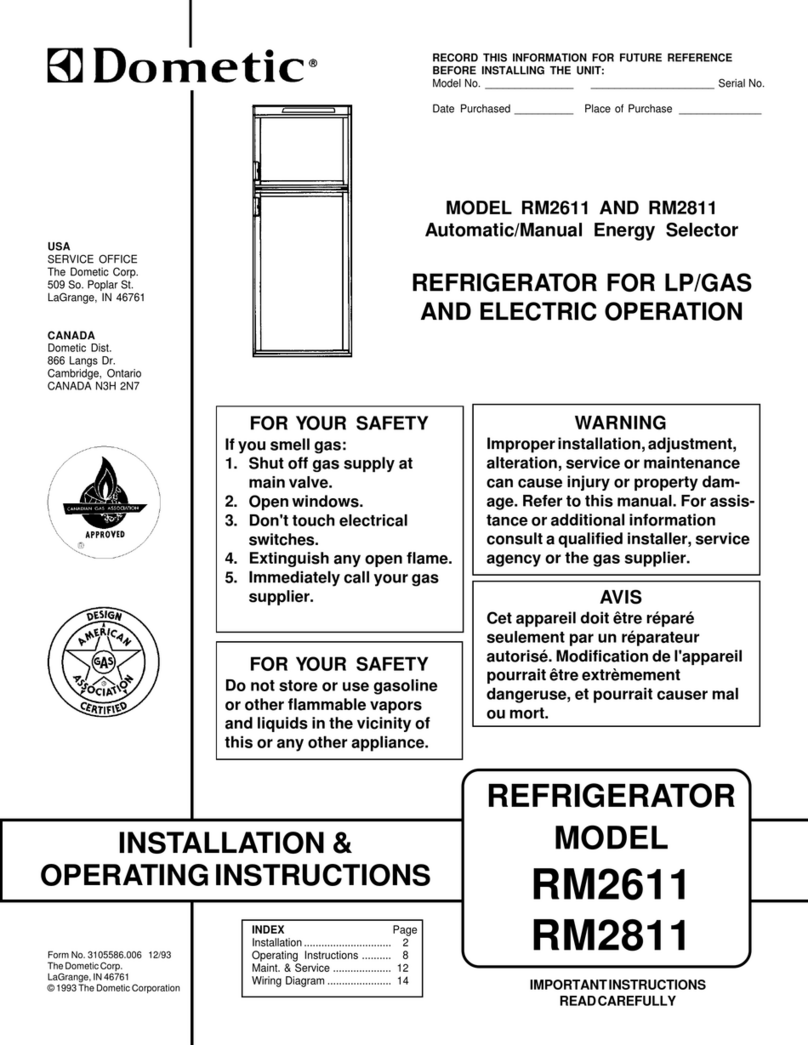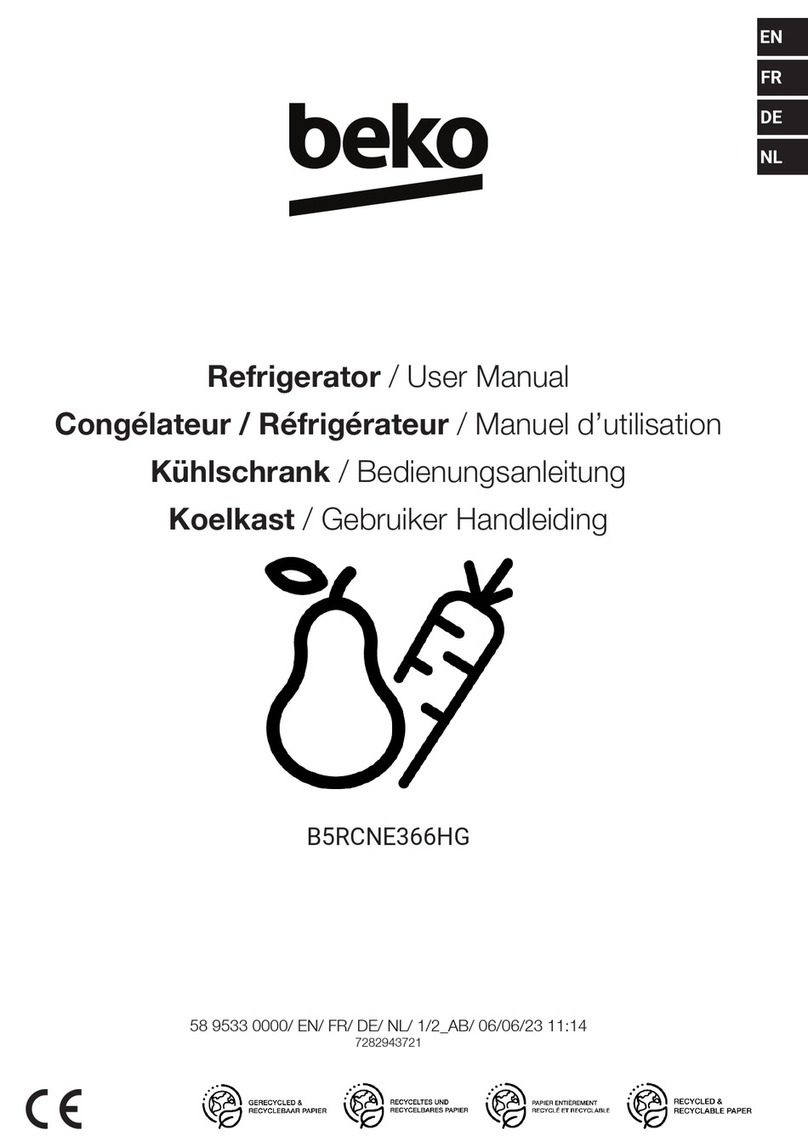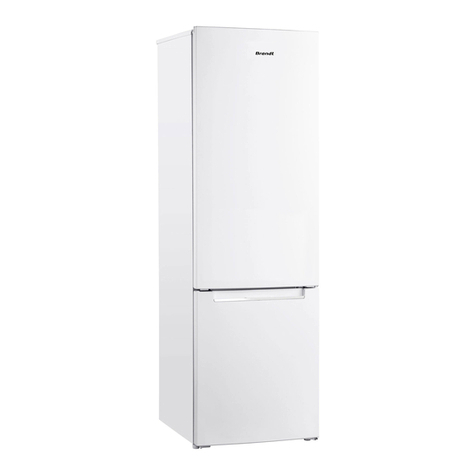28
If the fuse requires replacing at any time, the fuse cover/carrier should be
removed using a small screwdriver to lever it out. The old fuse should be
replaced by a 3 amp ASTA approved BS 1362 fuse and the fuse
cover/carrier must be refitted before the plug is used again.
If the fuse cover/carrier is lost, a replacement can be obtained from the
service shops. The fuse cover/carrier must be of the same colour as that of
the coloured insert in the base of the plug. In no circumstances must the
plug be used without a correct fuse cover/carrier fitted.
If the plug supplied on the mains lead is not suitable for the socket in your
home, it should be cut off and disposed of safely, or destroyed, to avoid any
possible shock hazard resulting from the plug being inserted into a 13 amp
socket elsewhere in the house. A suitable replacement plug should then be
fitted as given below.
General guide to fitting any plug
Ensure the lengths of wire inside the plug are prepared correctly.
Connections should be firmly made after all conductor strands are entered
into the terminal posts. When preparing the cable ends take care not to
damage the outer sheath, or the insulation surrounding the inner conductors.
Tighten all screws. Replace the top cover of the plug and secure.
Other versions
Your refrigerator has a 3-wire mains lead which is intended for connection
to a 3-pin plug and a properly earthed socket outlet.
IMPORTANT: The wires in the mains lead of this appliance are coloured
in accordance with the following code:
GREEN-AND-YELLOW: EARTH BLUE: NEUTRAL BROWN: LIVE
As the colours of the wires in the mains lead may not correspond with the
coloured markings identifiying the terminals in your plug, proceed as follows:
the wire which is coloured GREEN-
AND-YELLOW must be connected to the
terminal in the plug which is marked with the
letter E or by the earth symbol or coloured
green or green-and-yellow. The wire which is
coloured BLUE must be connected to the
terminal which is marked with the letter N or
coloured black. The wire which is coloured
BROWN must be connected to the terminal
which is marked with the letter L or coloured
red.
GB
